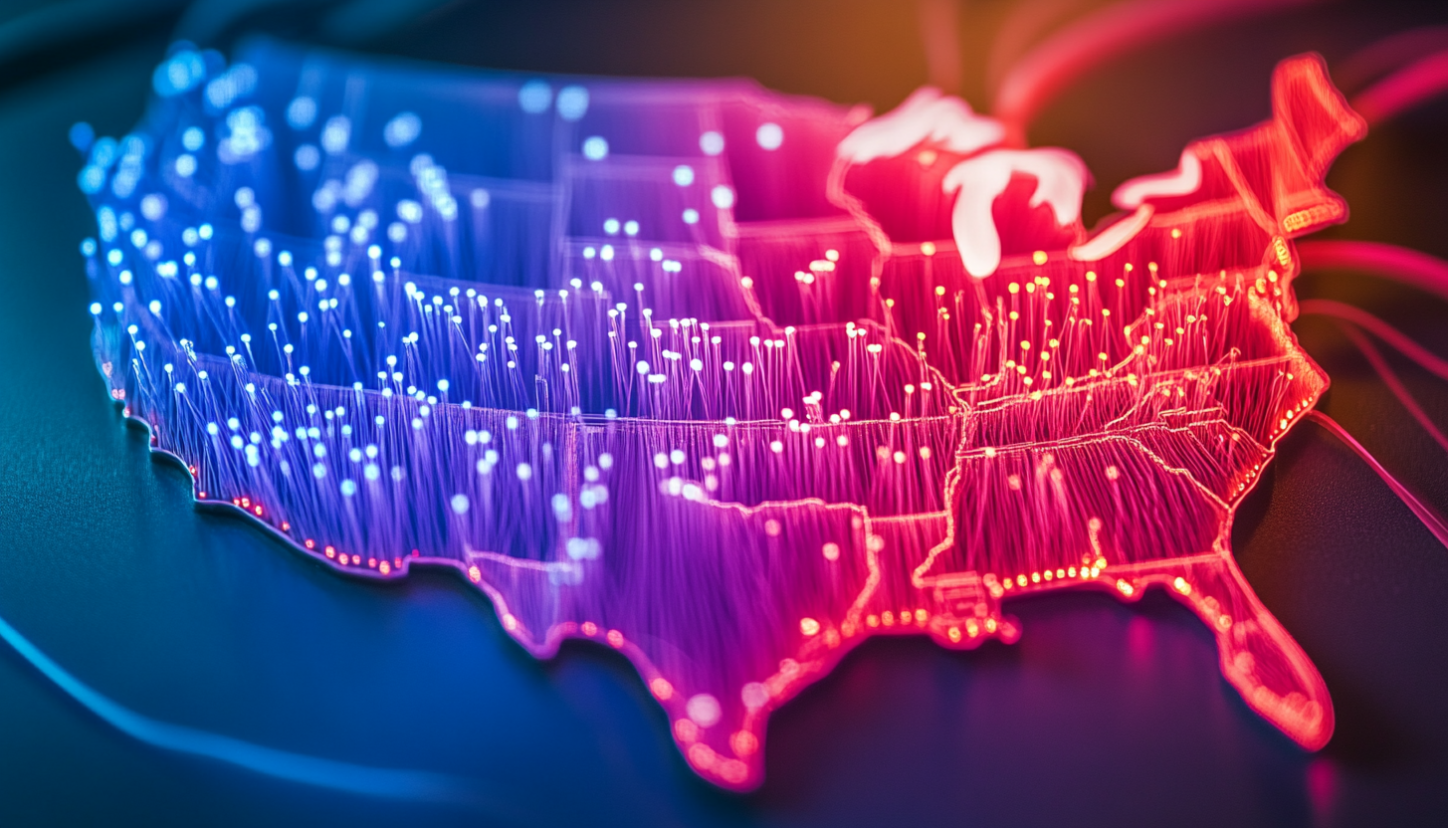- The president of Tech Mahindra’s American business said AI will rely largely on the quality of fiber networks
- An Accenture exec said there’s a correlation between AI and demand for fiber
- An Infosys exec said AI companies want to avoid choking points in their networks
U.S. telcos are thrilled at the prospect of an artificial intelligence (AI)-based future connected with fiber networks, but they aren’t the only ones. System integrators that serve those telcos are also expecting to profit.
Telecom system integrators often work in the background, enabling the smooth operation of complex networks. Fierce Network spoke with three major system integrators — Tech Mahindra, Infosys and Accenture — to find out how they’re helping American broadband operators.
Tech Mahindra, an Indian company with about 150,000 employees, is working with all the major U.S. service providers as they look to extend fiber broadband more ubiquitously and as they tap into the boom in AI.
Abhishek Shankar, president of Tech Mahindra’s Communications Business for the Americas, said the future of AI will, to a large extent, be based on the quality of fiber.
And that’s good news for the telecom industry because Shankar said, “Our industry is not growing at the pace which it needs to grow.”
Olu Adegoke, global managing partner for Communications, Media and Technology Practice at Infosys Consulting, said the company is working with all the largest U.S. telcos. Infosys Consulting is a subsidiary of the large Indian company Infosys Group, which employs more than 300,000 people.
Adegoke said those companies driving the AI phenomenon are using massive amounts of computing power, and they’re “having to buy broadband access and capacity.” He said they’re trying to avoid choking points within the data center by implementing GPUs. But they also need to avoid choking points in the transmission of data. “The network choke will be avoided through fiber,” he said.
Fierce also spoke with Peters Suh, senior managing director in the Communications & Media Industry practice at Accenture, a global systems integrator headquartered in Dublin, Ireland. Suh said, “Is there a correlation between demand in fiber with AI? Sure. It probably will accelerate the demand for fiber.”
But he said demand for fiber was already growing even before ChatGPT sprung onto the scene. He said, “We support some of the hyperscalers with their fiber builds and networks; some are staggeringly large.”
Suh said that now that AI has garnered a level of success, it’s bound to move from big data centers with lots of GPUs to more data centers pushed further to the edge. “Future models will be more distributed,” Suh said.
BEAD and fiber deployments
When the Broadband Equity, Access and Deployment (BEAD) program came into being three years ago, it brought a focus on closing the digital divide, and systems integrators are now helping service providers with their fiber broadband deployments to close that divide in the U.S.
Tech Mahindra has experience working with European service providers on their fiber deployments.
Shankar said, “We have learned a lot from the way Europe rolled out the whole fiber strategy. A lot of it was organic. Private equity jumped in in similar ways. The patterns are similar.”
The difference in working with fiber providers in the U.S. is that the country is a lot bigger with different geographies. “Whatever we did in Europe needs to scale up,” said Shankar. But he said Tech Mahindra has playbooks to plan and execute fiber deployments with real-world experience about the time, labor and associated costs.
Infosys’ Adegoke noted the current land-rush to deploy fiber-to-the-home across the U.S. He said, “Fiber is very expensive to deploy, and time to market is a very strategic advantage.” He explained that there’s a significant first-mover advantage because the first company to offer fiber in a new area has an easier time with marketing. But the second and third fiber operators will have to spend more money on luring customers. “If you think about the combination of paying top dollar to build the fiber and acquiring those customers….That’s why everybody is becoming very judicious about where to invest in each region,” said Adegoke.
The bottom line is that system integrators are heavily involved in the U.S., working with all the major telecom and hyperscale providers. And their business is ramping because of the advent of AI and also the mission to connect every home with high-speed fiber broadband.





